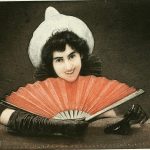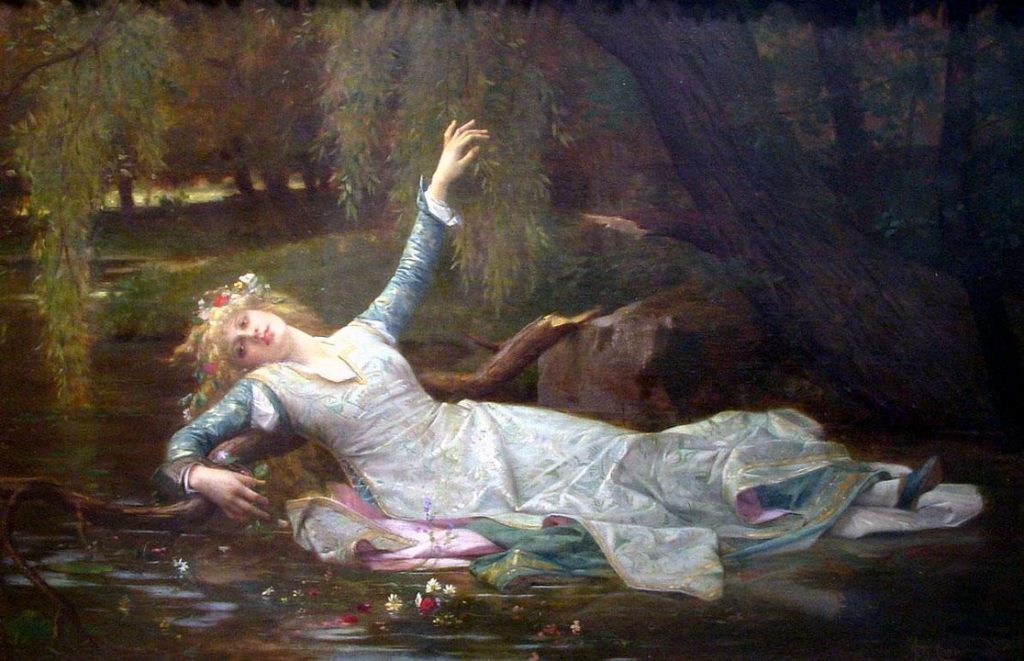
Alexandre Cabanel (1823–1889) was a French academic painter known for his polished and meticulously executed historical, mythological, and allegorical paintings. He was a prominent figure in the 19th-century French academic art scene and achieved considerable success and recognition during his lifetime. Here are key aspects of Alexandre Cabanel’s life and career:
- Early Life and Education: Alexandre Cabanel was born on September 28, 1823, in Montpellier, France. He showed early talent in art, and at the age of 17, he moved to Paris to study at the École des Beaux-Arts under the guidance of François-Édouard Picot.
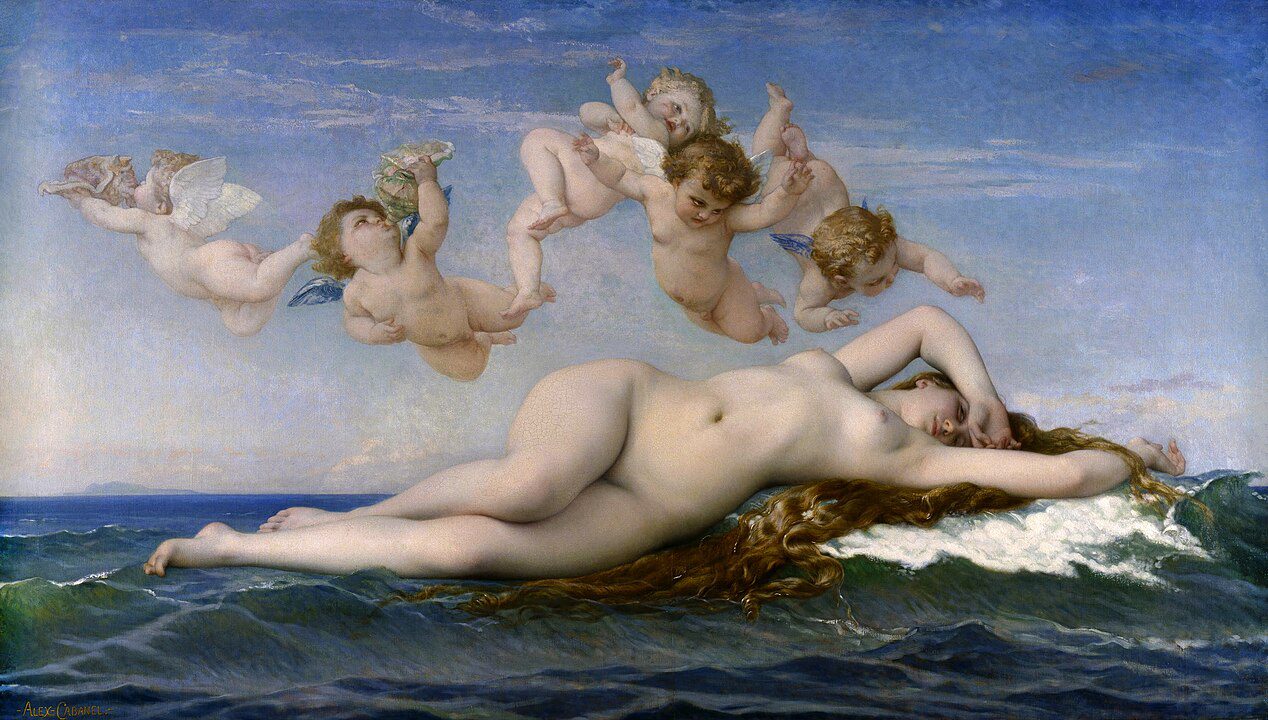
- Success at the Salon: Cabanel quickly gained attention and acclaim for his work, receiving medals at the prestigious Paris Salon exhibitions. His early successes at the Salon helped establish his reputation as a skilled and accomplished painter.
- Academic Style: Cabanel adhered to the academic style of painting, which was characterized by a meticulous attention to detail, precise rendering, and a smooth, polished finish. His works often featured idealized, classically inspired figures in historical, mythological, or allegorical settings.
- Popular Themes: Cabanel’s preferred themes included historical and religious subjects, often portraying beautiful and idealized figures. Some of his notable works include “The Birth of Venus,” “Fallen Angel,” and “The Death of Moses.” His paintings often showcased a mastery of anatomy and a keen understanding of classical aesthetics.
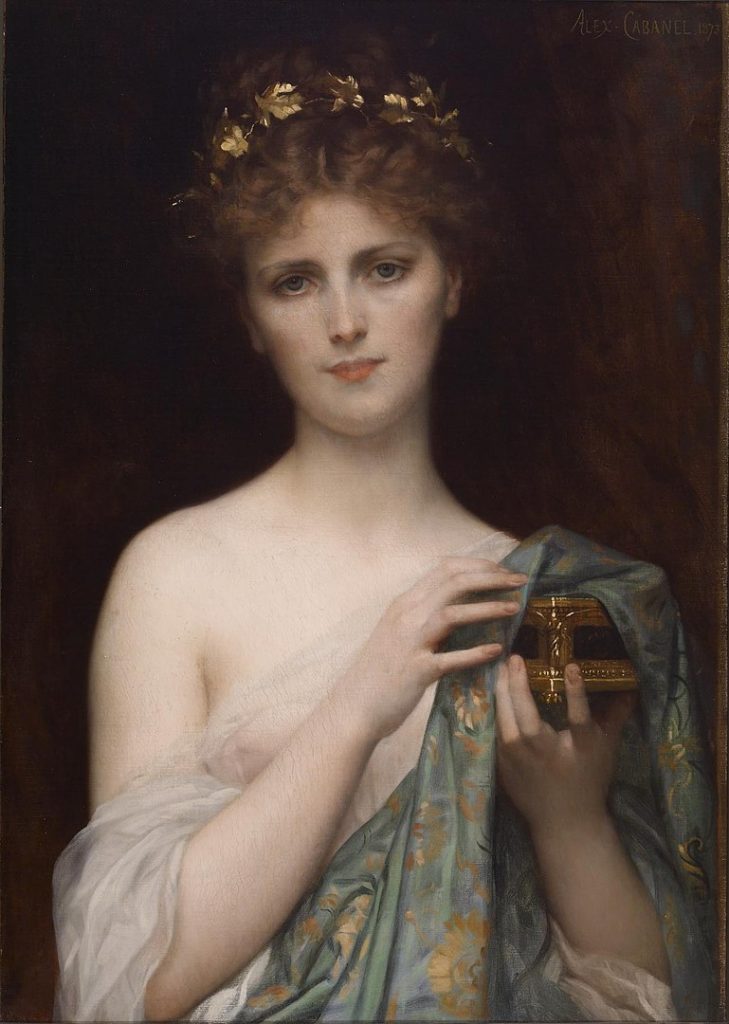
- Teaching Career: In addition to his successful painting career, Cabanel became a respected teacher. He was appointed a professor at the École des Beaux-Arts in 1864, where he had a significant influence on the next generation of artists. Some of his notable students included Jules Bastien-Lepage and Carolus-Duran.
- Salon Jury and Official Recognition: Cabanel became a member of the Salon jury, further solidifying his influence in the French art establishment. He received numerous awards and honors throughout his career, including the Legion of Honor.
- Controversies and Criticisms: While Cabanel enjoyed widespread success during his lifetime, his commitment to academic traditions made him a target for criticism during the later part of the 19th century when avant-garde movements were challenging academic norms.
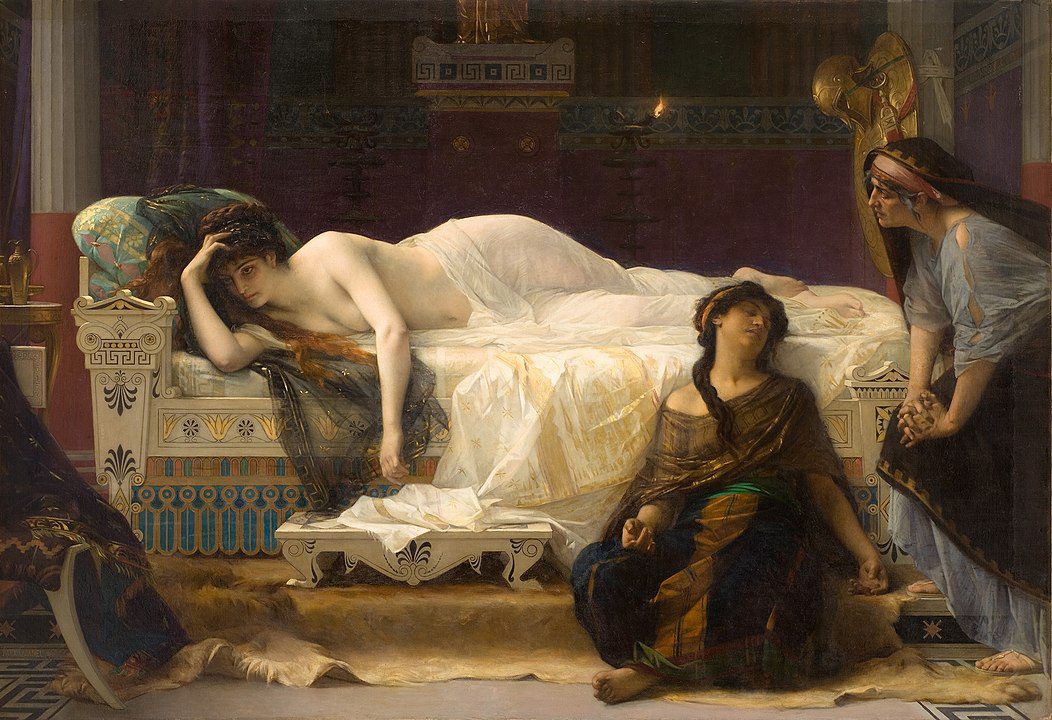
- Death and Legacy: Alexandre Cabanel continued to paint and teach until his death on January 23, 1889, in Paris. Despite the changing art landscape of the late 19th century, Cabanel’s work continued to be appreciated for its technical skill and adherence to academic principles. In the 20th century, his reputation experienced a decline due to the rise of modernist movements, but there has been a renewed interest in his work in recent years, with art historians reevaluating his contributions to 19th-century academic art.

